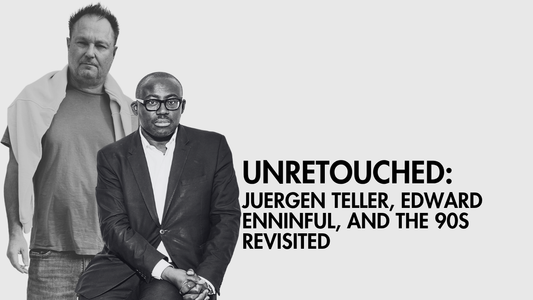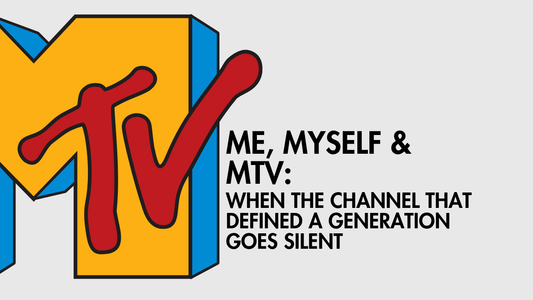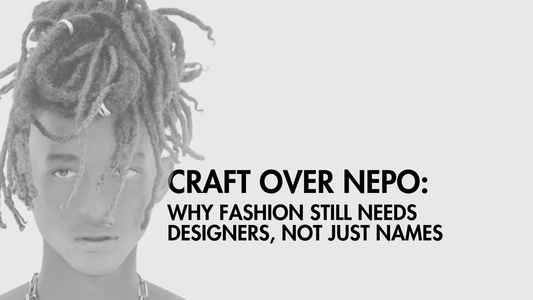
Lines From a Graphic Diary with Tiago Cruz
Share
Meet Tiago Cruz, a Portuguese artist whose work blends observation, emotion, and everyday life into compelling visual stories. Rooted in the traditions of drawing and shaped by a lifelong sketchbook practice, Cruz invites us into his wonderful world – one where spontaneity and structure coexist, and where the ordinary becomes quietly extraordinary.
 Where did you grow up, and how has that environment shaped your artistic perspective?
Where did you grow up, and how has that environment shaped your artistic perspective?
I grew up in a small village in the north of Portugal. Growing up in a place surrounded by nature, the sea, and mountains shaped me deeply. Not just artistically, but personally as well.
Was there a moment or experience that first sparked your interest in art?
I’ve always loved to draw, even as a child. Maybe I was lucky that no one ever told me how I “should” draw a house or a tree. Later, in high school, I had two close friends who also drew a lot. They inspired me to dive even deeper into drawing. Did you have any formal training in art, or was your path more self-taught and intuitive?
Did you have any formal training in art, or was your path more self-taught and intuitive?
In high school, I studied Arts, and afterward, I trained in Scenography, Costume Design, and Props at the Contemporary Academy of Performing Arts in Porto. Later, at university, I studied Multimedia Communication, where I developed a strong interest in Design. Throughout all of this, drawing (and keeping a sketchbook) has always been central to my journey.
 Which artists, movements, or cultural references have had a lasting impact on your work?
Which artists, movements, or cultural references have had a lasting impact on your work?I admire movements like Abstract Expressionism for their spontaneity, but I’m also drawn to more structured approaches, like those of the Suprematists or the Neoplasticists.
 Do your surroundings or daily life play a role in what you create?
Do your surroundings or daily life play a role in what you create?
 How do you use your sketchbook: is it a private space for experimentation, or something more structured and intentional?
How do you use your sketchbook: is it a private space for experimentation, or something more structured and intentional?
I prefer to call it a Graphic Diary rather than a sketchbook. That term feels more accurate for me. I don’t use it primarily to develop ideas for other works; instead, it’s where I record everyday life. A collection of events and observations. It’s like a photo album, but made with drawings instead of pictures.
So yes, it’s a private space for experimentation, but not in the sense of planning something for a final piece. It’s more a spontaneous space of visual journaling.
 Do ideas from your graphic diary ever evolve into finished works, or do they remain as raw expressions?
Do ideas from your graphic diary ever evolve into finished works, or do they remain as raw expressions?
 How do you balance spontaneity with control in your illustrations?
How do you balance spontaneity with control in your illustrations?
That tension between spontaneity and control is always there. For me, the challenge is to try to let go of control, especially when putting a line on paper. I want that mark to capture the energy of the moment.
That said, control still plays a role, particularly, in the materials I choose and especially in composition, where I can be a bit of a control freak. So it's a dance: I strive to maintain spontaneity, while allowing just enough control to hold the work together.
If your graphic diary could speak, what kind of stories would it tell?



